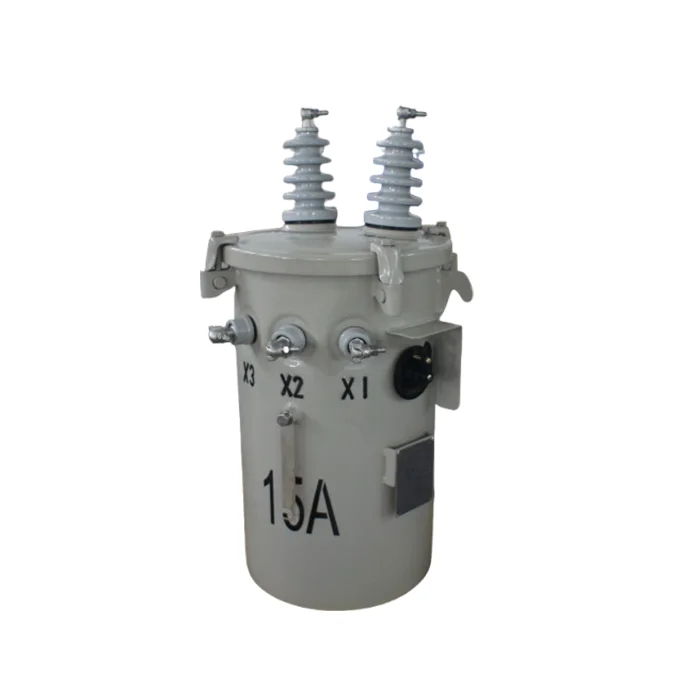Detailing chemicals play a crucial role in maintaining the pristine appearance of vehicles, furniture, and various surfaces. However, understanding the lifespan of these chemicals is essential for effective usage and cost optimization. In this blog post, we will delve into the factors that influence the longevity of detailing chemicals and provide practical insights for maximizing their shelf life.
- Chemical Composition:
Detailing chemicals encompass a wide range of products, including cleaners, polishes, waxes, and sealants. Each formulation consists of specific active ingredients that determine its durability. For instance, synthetic polymers in paint sealants offer extended protection compared to traditional carnauba waxes. Understanding the composition of detailing chemicals enables users to gauge their expected lifespan accurately. - Storage Conditions:
Proper storage is paramount to preserving the effectiveness of detailing chemicals. Factors such as temperature, humidity, and exposure to light can significantly impact their longevity. It is recommended to store these chemicals in a cool, dry place away from direct sunlight. Additionally, sealing the containers tightly and avoiding extreme temperature fluctuations can help maintain their potency for an extended period. - Manufacturer Guidelines:
Manufacturers often provide guidelines regarding the shelf life of detailing chemicals. These recommendations are based on extensive testing and analysis. Adhering to these guidelines ensures optimal performance and prevents potential damage to surfaces. It is advisable to check the product labels or consult the manufacturer's website for specific information on the expected lifespan of each chemical. - Frequency of Use:
The frequency at which detailing chemicals are used directly affects their longevity. Regular usage may deplete the product faster, necessitating more frequent replenishment. Conversely, infrequent usage may lead to chemical degradation over time. Finding the right balance between usage frequency and product lifespan is crucial for cost-effective detailing. - Environmental Factors:
Environmental conditions, such as exposure to harsh weather, pollutants, or abrasive surfaces, can impact the durability of detailing chemicals. For example, a vehicle regularly exposed to extreme sunlight may require more frequent application of protective coatings. Understanding the environmental factors that affect the lifespan of detailing chemicals allows users to adapt their maintenance routines accordingly.
Conclusion:
In conclusion, the longevity of detailing chemicals is influenced by various factors, including their chemical composition, storage conditions, manufacturer guidelines, frequency of use, and environmental factors. By considering these aspects, users can optimize the lifespan of detailing chemicals, ensuring cost-effectiveness and maintaining the desired level of surface protection. Remember, proper care and attention to detail are essential for achieving long-lasting results.


